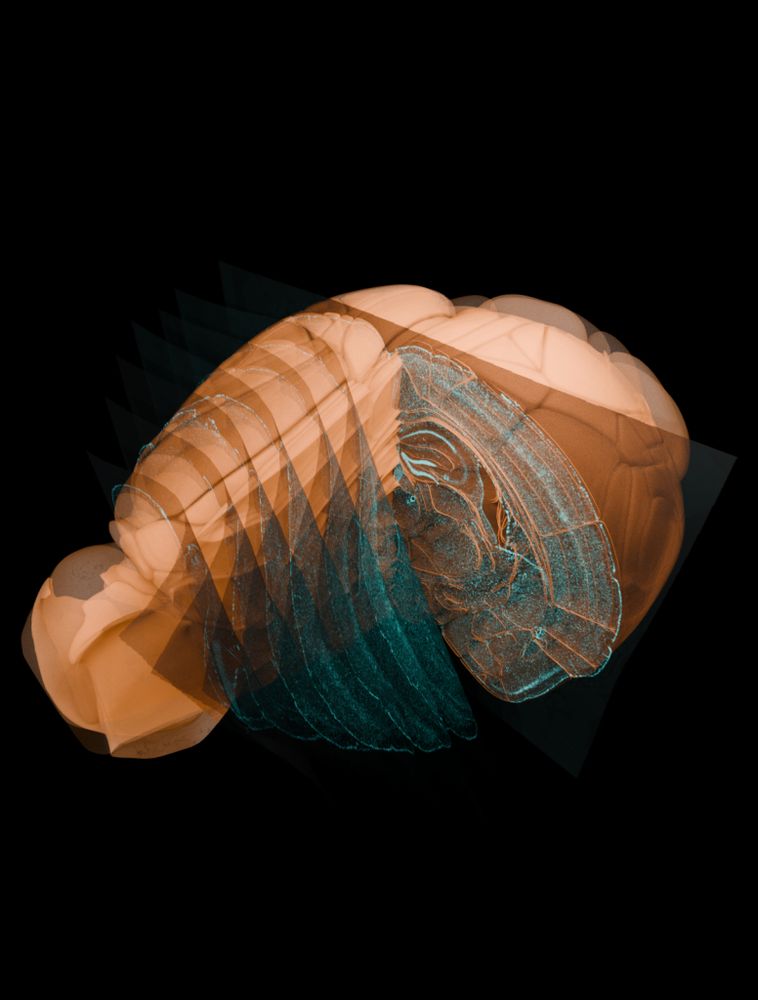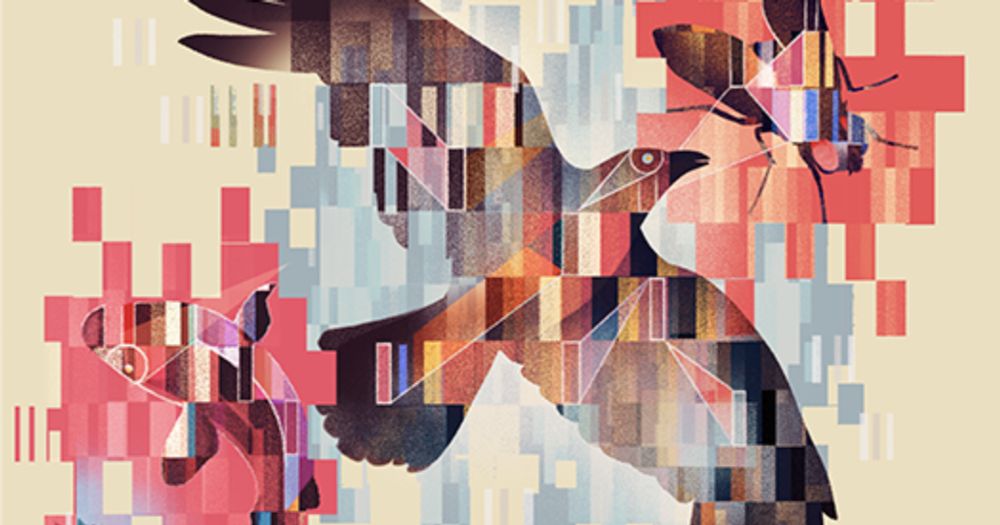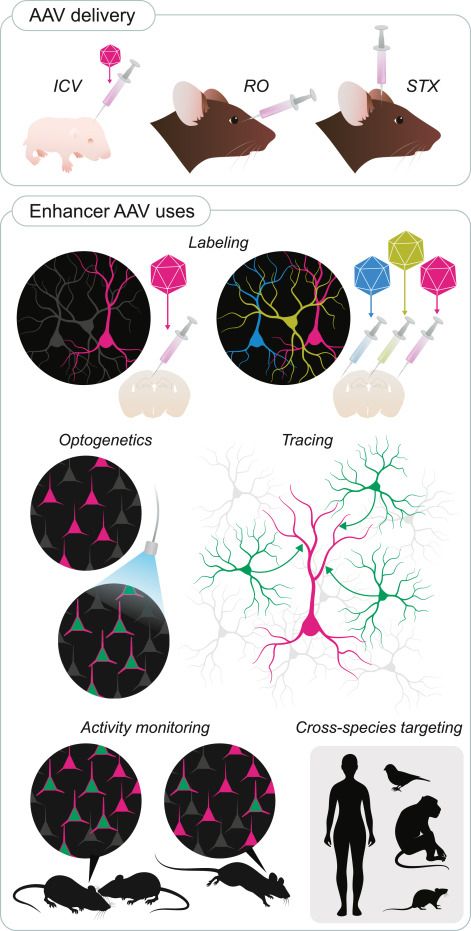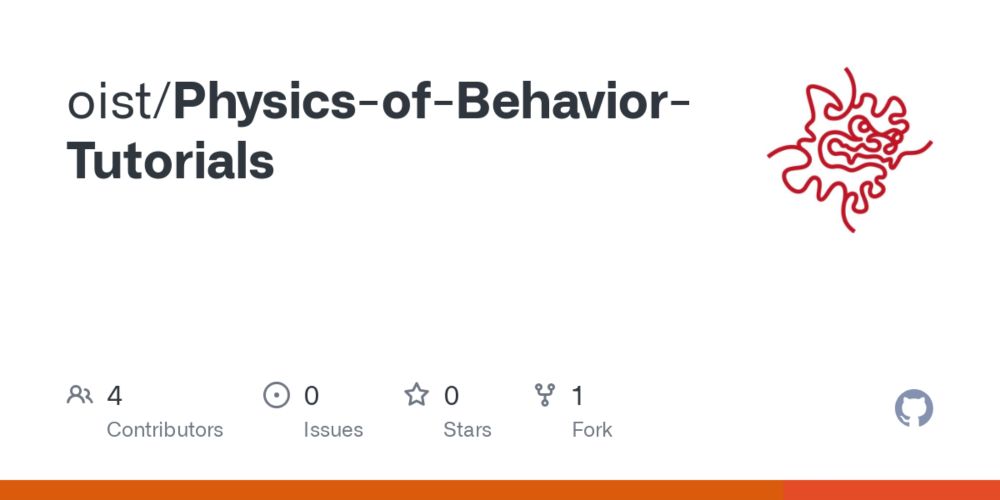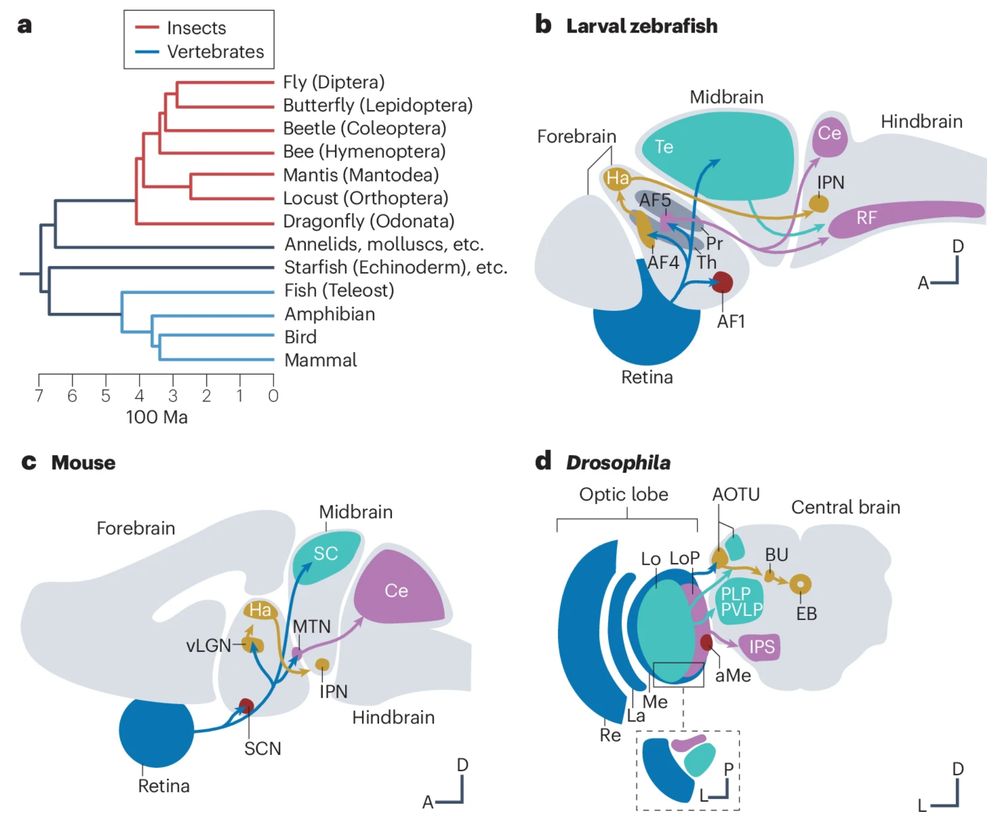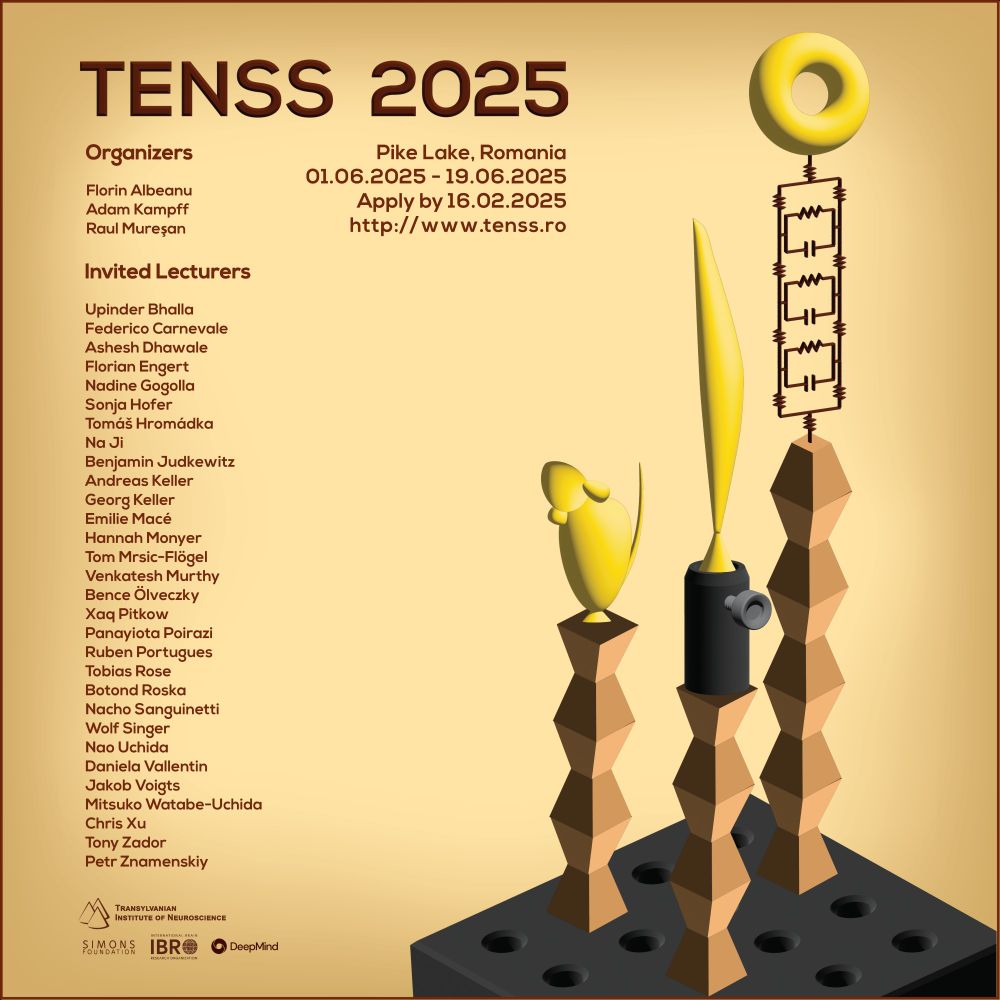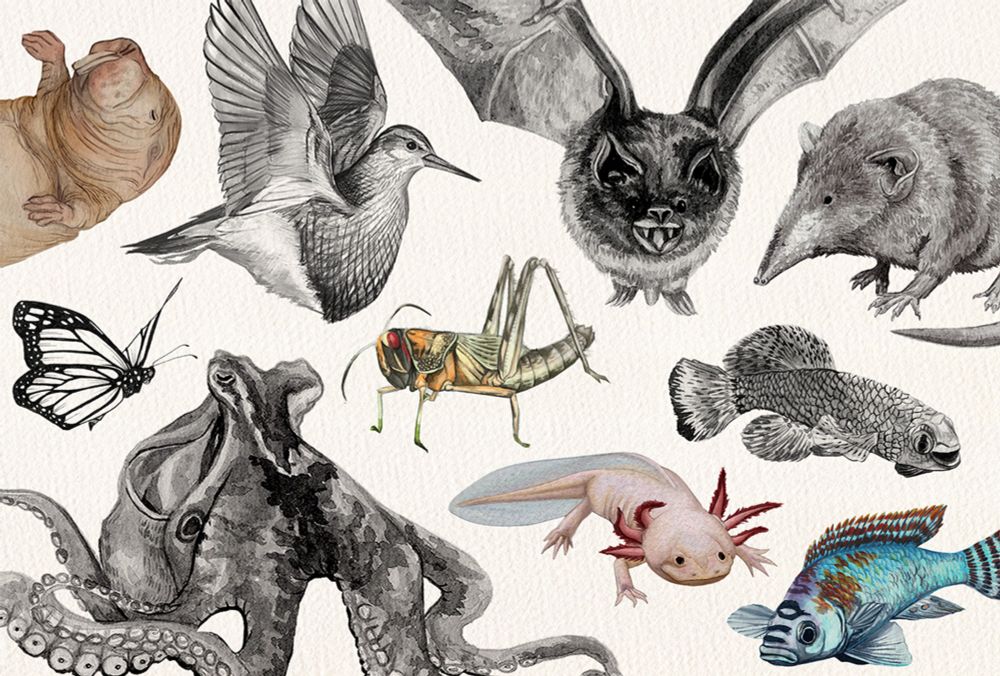Salvatore Lacava
@salvatorelacava.bsky.social
75 followers
89 following
5 posts
Postdoc at @JustusKebschull lab at @JohnsHopkins. I am interested in evolution of cerebellum-ish, spinal cord and everything in between. @cimec_unitrento, @oist_edu PhD.
Posts
Media
Videos
Starter Packs
Pinned
Cell Reports
@cp-cellreports.bsky.social
· Jul 15

A vestibulospinal pathway for context-dependent motor control of the mouse tail
Lacava et al. characterize a descending vestibulospinal pathway originating from the spinal vestibular nucleus that targets spinal segments controlling tail muscles in mice. Activation of this pathway increases tail rotation during challenging balancing task.
dlvr.it
Reposted by Salvatore Lacava
Reposted by Salvatore Lacava
Cell Reports
@cp-cellreports.bsky.social
· Jul 15

A vestibulospinal pathway for context-dependent motor control of the mouse tail
Lacava et al. characterize a descending vestibulospinal pathway originating from the spinal vestibular nucleus that targets spinal segments controlling tail muscles in mice. Activation of this pathway increases tail rotation during challenging balancing task.
dlvr.it
Reposted by Salvatore Lacava
Reposted by Salvatore Lacava
Cullen Lab
@thecullenlab.bsky.social
· May 29
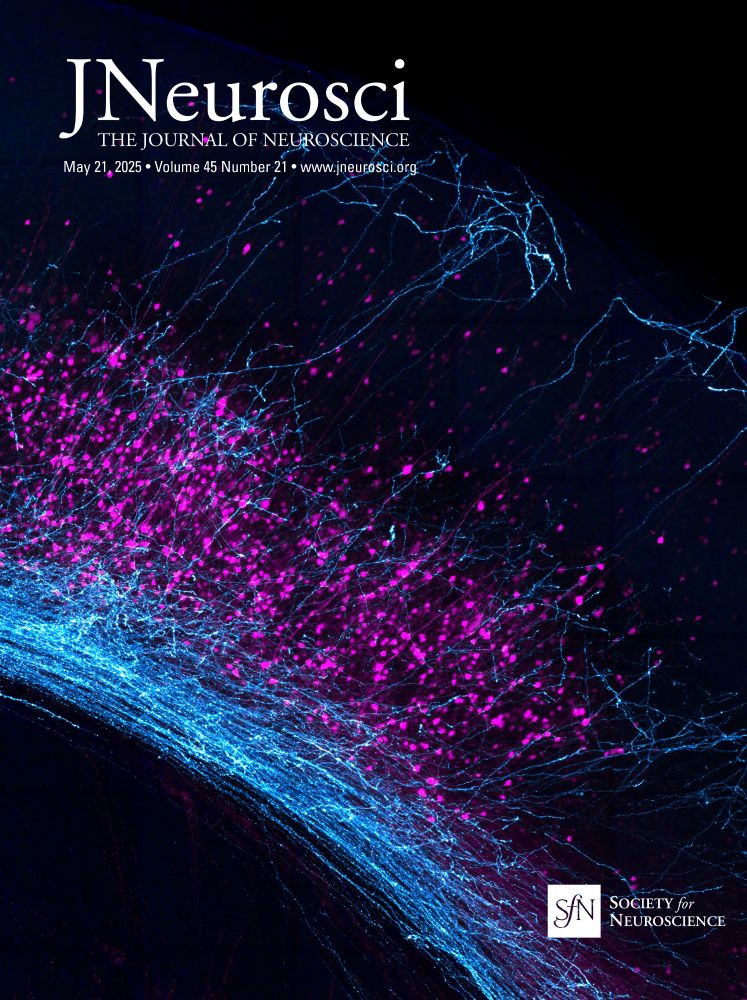
Sensorimotor Transformations for Postural Control in the Vermis of the Cerebellum
The cerebellar vermis plays an essential role in maintaining posture and balance by integrating sensory inputs from multiple modalities to effectively coordinate movement. By transforming convergent s...
www.jneurosci.org
Reposted by Salvatore Lacava
Reposted by Salvatore Lacava
Neil Shubin
@neilshubin.bsky.social
· May 21
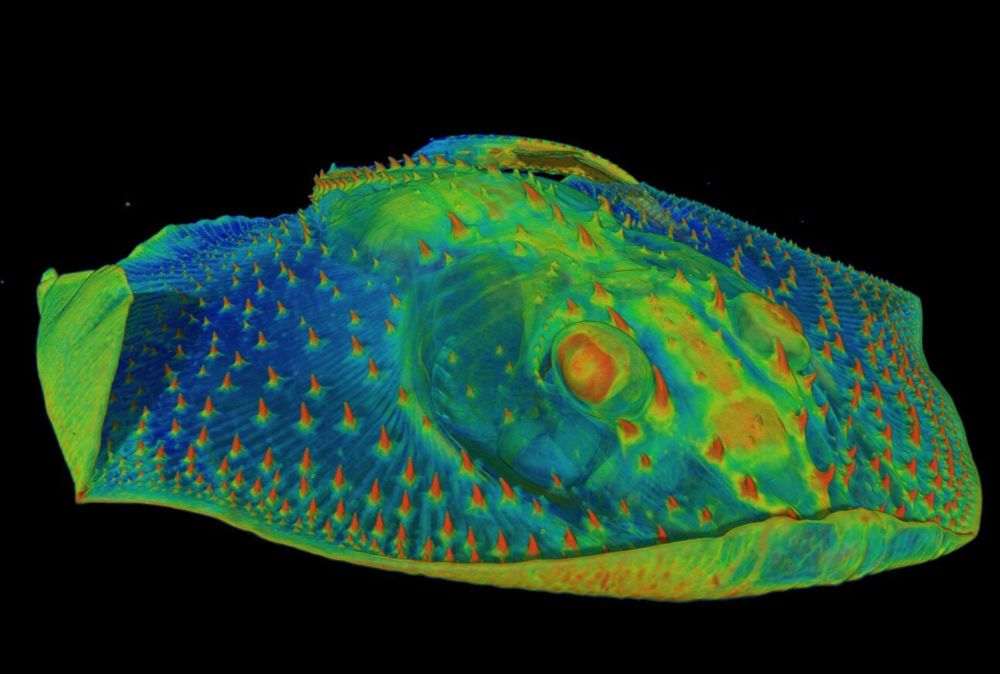
Teeth first evolved as sensory tissue in the armored exoskeletons of ancient fish, fossil scans find
Anyone who has ever squirmed through a dental cleaning can tell you how sensitive teeth can be. This sensitivity gives important feedback about temperature, pressure—and yes, pain—as we bite and chew ...
phys.org
Reposted by Salvatore Lacava
Reposted by Salvatore Lacava
Dinu F Albeanu
@dinanthos.bsky.social
· Mar 26

An evolutionarily conserved scheme for reformatting odor concentration in early olfactory circuits
Understanding how stimuli from the sensory periphery are progressively reformatted to yield useful representations is a fundamental challenge in neuroscience. In olfaction, assessing odor concentration is key for many behaviors, such as tracking and navigation. Initially, as odor concentration increases, the average response of first-order sensory neurons also increases. However, the average response of second-order neurons remains flat with increasing concentration – a transformation that is believed to help with concentration-invariant odor identification, but that seemingly discards concentration information before it could be sent to higher brain regions. By combining neural data analyses from diverse species with computational modeling, we propose strategies by which second-order neurons preserve concentration information, despite flat mean responses at the population level. We find that individual second-order neurons have diverse concentration response curves that are unique to each odorant — some neurons respond more with higher concentration and others respond less — and together this diversity generates distinct combinatorial representations for different concentrations. We show that this encoding scheme can be recapitulated using a circuit computation, called divisive normalization, and we derive sufficient conditions for this diversity to emerge. We then discuss two mechanisms (spike rate vs. timing based) by which higher order brain regions may decode odor concentration from the reformatted representations. Since vertebrate and invertebrate olfactory systems likely evolved independently, our findings suggest that evolution converged on similar algorithmic solutions despite stark differences in neural circuit architectures. Finally, in land vertebrates a parallel olfactory pathway has evolved whose second-order neurons do not exhibit such diverse response curves; rather neurons in this pathway represent concentration information in a more monotonic fashion on average, potentially allowing for easier odor localization and identification at the expense of increased energy use. ### Competing Interest Statement The authors have declared no competing interest.
doi.org
Reposted by Salvatore Lacava
Reposted by Salvatore Lacava
Reposted by Salvatore Lacava
Graziana Gatto
@ggatto.bsky.social
· Jan 8

The spinal premotor network driving scratching flexor and extensor alternation
Rhythmic motor behaviors are generated by neural networks termed central pattern generators (CPGs). Although locomotor CPGs have been extensively characterized, it remains unknown how the neuronal pop...
www.biorxiv.org



